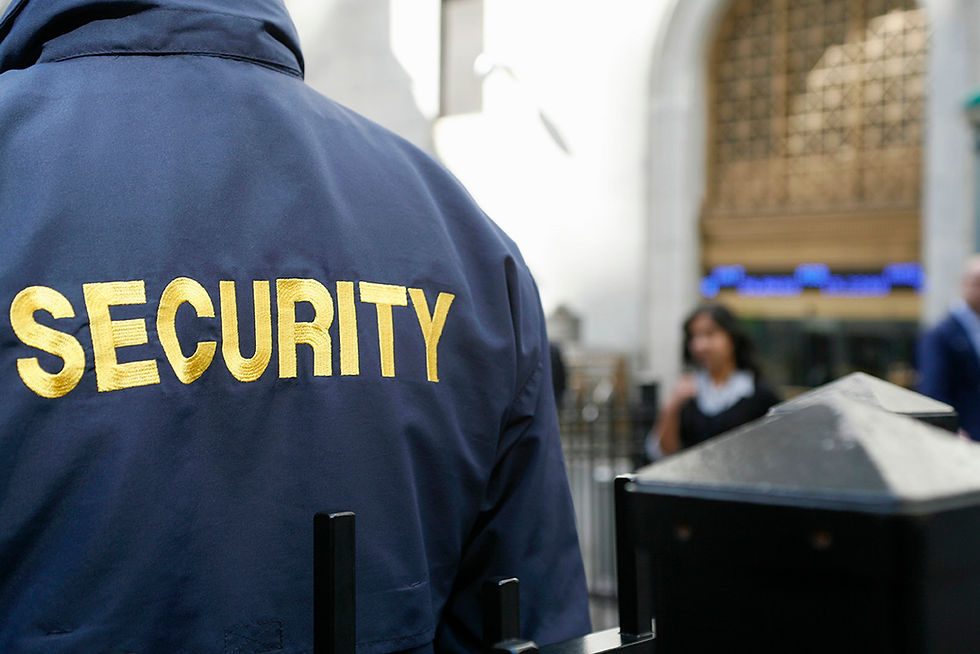A Security PLEA
- Ramel Lee

- Oct 3, 2017
- 3 min read

The recent large-scale attacks on entertainment events (Manchester, U.K., and Las Vegas, Nevada U.S.) have brought to light a challenge all of us must contend with. How do we protect our people from attacks that originate outside of the secure perimeter? In Manchester, the attacker set off an improvised explosive device (IED) outside of the security envelope. In Las Vegas, the attacker was on the 36th floor of a hotel room over 300 yards away from his targets and unfortunately both events resulted in major loss of lives. Many so-called experts will tell you after the fact, what the security, event planners, police, and crowd could have and should have done. Hindsight is 20/20; however, being proactive and vigilant can significantly reduce the pandemonium.
However, this so-called expert (me) has bad news. You probably do not have the resources to stop a determined adversary. Someone truly determined to attack is planning, training, testing, and evaluating their attack methods until they are confident that they will be successful. Think about how hard it is to stop you from accomplishing something you put your mind to? Solutions lay not in stopping the attacker, but having plans in place to mitigate and minimize any damage they can cause until the threat can be neutralized.
Therefore, I have a Security PLEA. PLEA stands for:
Plan – Learn – Exercise - Adjust
Plan. It is important to have an all-hazards plan. All stakeholders should know what to do in case of an emergency. Command structure should be in place to ensure communication and control are functioning at high levels during times of crisis. It is also important to have threat specific plans. For example plans for active shooter, civil unrest, bomb threats and explosions. Threat specific plans are to ensure that those with responsibilities of keeping people safe are executing their roles in a competent and confident manner.
Learn. Just putting the plan down on paper is not enough. The plan needs to be understood by all that have a role in the plan. People that are required to execute the plan need to have the skill set required to successfully execute their role. Training is important and necessary. Well trained personnel will react, seemingly without thought, to a situation they have trained for. Those precious moments between attack and response are crucial when it comes to saving lives and eradicating the threat.
Exercise. The plan needs to be tested. Plans are tested through exercises. Whether it is through seminars, drills, tabletops, functional, or full-scale exercises, your plan needs to be vetted. Exercising the plan is the only way to determine if the plan really works, thus allowing planners and executors to identify vulnerabilities. Nothing would be more tragic than to have a plan and find out after an incident occurs that the plan was ineffective and the deficiencies could have been easily corrected.
Adjust. All plans should be living documents, flexible and not set in stone. Exercising the plan will expose vulnerabilities and identify capabilities that planners may not have known they have at their disposal. Threats and technology are constantly changing and plans need to adjust to meet those changes. After the training and exercising of the plan, evaluate and adjust.
Although, the threats are not going anywhere, all is not lost. Having a plan, learning the plan, exercising the plan, and adjusting the plan will help us all stay safer in confronting these threats. My Security PLEA is to be more determined and prepared to protect people than the threat looking to destroy them.
Stay safe.







Comments